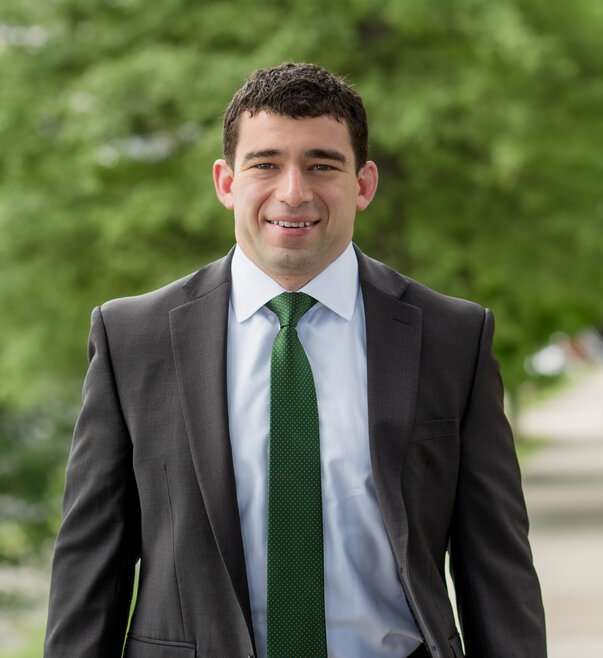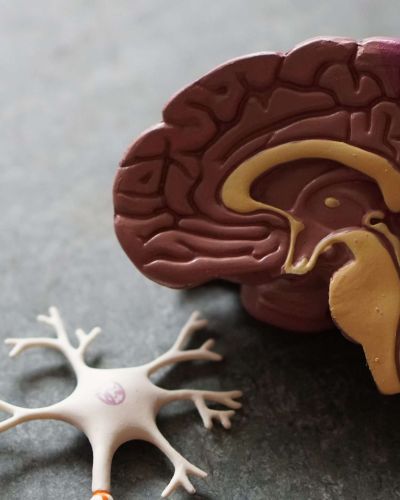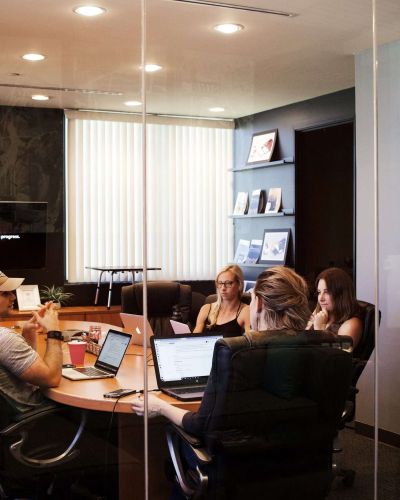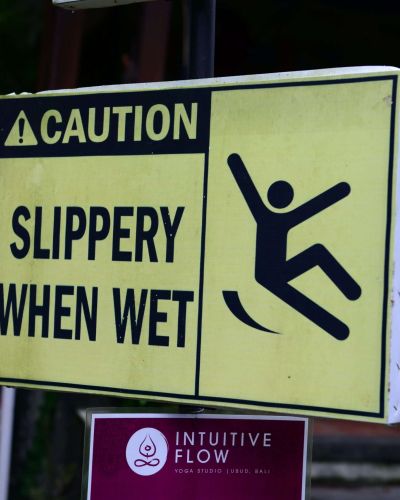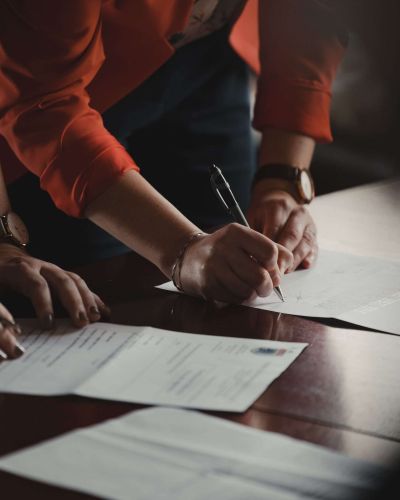Articles, Brain Injuries
TBI Resources: A Guide to Recovery Support
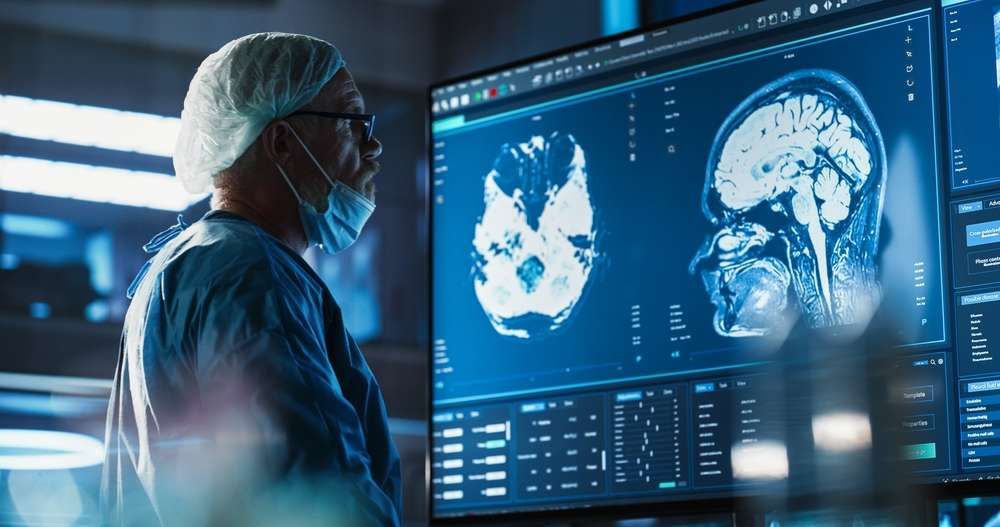
Imagine: A healthy, active person has their world turned upside down after a traumatic brain injury (TBI). They are dealing with cognitive and physical changes and their family is trying to understand this condition and the recovery process. This is the reality for millions worldwide who live with the aftermath of TBI. It’s tough but there is hope. Knowing TBI, knowing the resources for traumatic brain injury, knowing neuropsychological evaluations and how to navigate the recovery journey can make all the difference for the patient and their caregiver.
If you have suffered injuries because of someone else’s negligence, Sharif Gray at Broughton Injury Law can help. We have won millions of dollars in verdicts and settlements. Call Sharif at (804) 915-1611 or contact him online to schedule a free consultation. We will get justice for you.
Quick Facts
- Traumatic Brain Injury (TBI) goes from mild to severe and requires diagnostic tools like the Glasgow Coma Scale and imaging tests to determine the recovery path, long term effects vary from person to person.
- TBI recovery support includes national and local organizations, research networks and financial aid programs to support patients through rehab, help caregivers and tools for community integration and employment reentry.
- Managing long term TBI effects means coping with cognitive and behavioral changes, addressing physical health through therapy and seeking social and emotional support, and legal rights and advocacy to give patients more structure for their needs.
Table of Contents
ToggleWhat is Traumatic Brain Injury (TBI)
At its simplest a mild traumatic brain injury (TBI) is damage to the brain from a blow or jolt to the head, often a head injury. Traumatic brain injuries are complex, with a wide range of symptoms and disabilities. The severity of a TBI can go from a mild concussion to a severe brain injury, the nature of the injury, the areas of the brain affected, the symptoms and the prognosis vary greatly.
The recovery process is long, often months to years, because the brain heals slowly and uniquely. Knowing the basics, the severity spectrum and the diagnostic process is key to the recovery.
TBI 101
A TBI is any injury to the brain from an outside force. Each injury is unique because each brain is unique. The difficulty in diagnosing specific deficits, including neurobehavioral deficits and determining the right rehabilitation is because each brain injury is unique.
Outcomes of a traumatic brain injury can be short term or long term. This is why it’s so important to understand TBI and have personalized rehabilitation and support for brain injury survivors.
Severity Scale
TBIs are mild, moderate or severe. Neurobehavioral deficits and imaging results after the injury help determine the severity. The recovery process is greatly influenced by the severity of the TBI.
Generally recovery tends to progress most quickly in the first 3 to 6 months after the injury and most of the recovery happens in the first 2 years. Even mild TBIs (concussions) can have long term effects so proper care and rehab is needed.
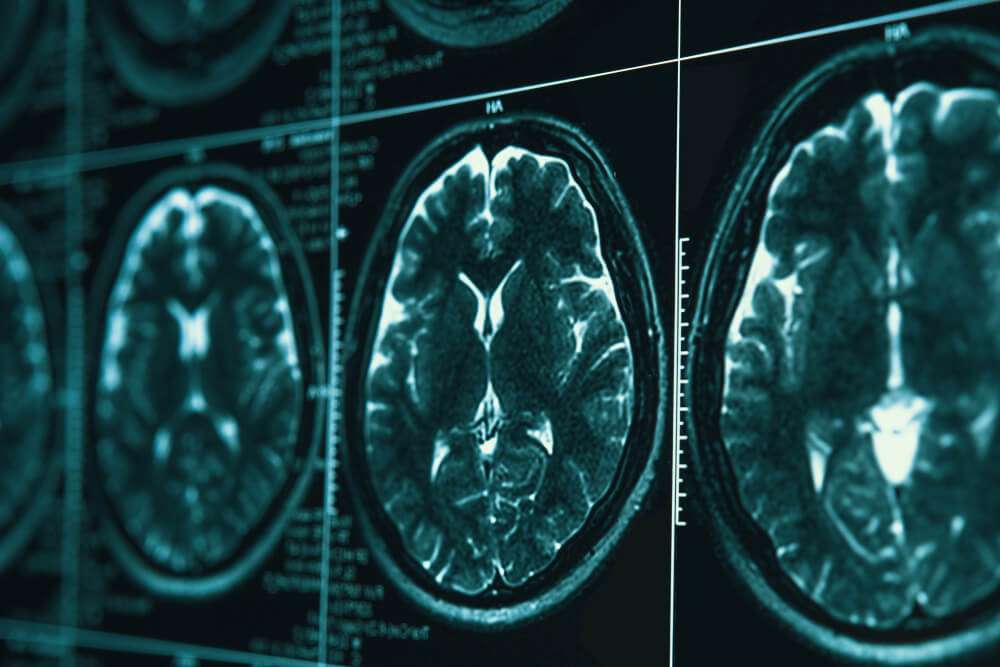
Diagnostic Tools
Determining the severity of a TBI uses many tools and measures. Some of these are:
- The Glasgow Coma Scale: a 15 point assessment tool to determine the initial severity of the brain injury. Higher scores mean less severe injury.
- Imaging tests like CT scans and MRI: these tests can show detailed images of the brain and see if there is structural damage.
- Neuropsychological evaluations: these evaluations test cognitive function and see how the brain injury affects thinking, memory and behavior.
These tools and measures are used together to get a full picture of the severity of the TBI.
In severe TBI cases intracranial pressure monitoring may be needed to monitor the pressure inside the skull.
TBI Recovery Resources
Recovering from a TBI can be tough. But there are many resources available to help. National and local support groups, research networks and financial assistance programs.
Each resource helps with different parts of recovery such as information, research and financial aid.
National and Local Support Groups
National and local support groups have a big part in TBI recovery. National organizations like the Brain Injury Association of America are leading national advocacy and awareness organizations and offer lots of information about brain injury and services through their state chapters.
Local support groups like the Florida Health Brain Injury Support Groups offer in person and online support and help TBI patients and their families navigate the recovery process.
Rehabilitation Research Networks
Research networks like the Traumatic Brain Injury Model Systems (TBIMS) and the Neuro-Cognitive Rehabilitation Research Network (NCRRN) are working to improve TBI patient outcomes through new treatments and interventions. They do this by:
- Conducting longitudinal studies to understand the recovery process
- Measuring outcomes in major life functions over time
- Informing and improving TBI rehab strategies
These research networks are key to moving the field of TBI rehab forward and helping TBI patients.
Financial Assistance
Rehab and recovery from a TBI can be expensive. Financial assistance programs like the TBI State Partnership Grant Program, managed by state head injury administrators and the Supplemental Security Income program can help TBI patients during their recovery. These programs provide much needed support so TBI patients can focus on recovery without the added stress of financial burdens.
Rehab and Independent Living
Rehab and independent living are big parts of the recovery journey after a TBI. This journey is therapeutic intervention, using tools for independence and community integration. Each part plays a big role in helping TBI patients get their abilities back, independence and quality of life.
Therapy and Rehab Services
Therapy and rehab services can help TBI patients get their abilities and independence back. Some of the therapies include:
- Physical therapy to improve mobility and overall fitness and wellness
- Occupational therapy to relearn daily activities and independence
- Speech therapy to improve communication and cognitive skills
These therapies are key to the recovery process and can make a big difference in the quality of life for TBI patients.
This is a holistic approach to addressing the individual issues each TBI patient faces and help them make progress in their recovery.
Tools for Independence
Tools for independence such as mobility devices and memory aids can be big help in TBI patients independence. These tools can help with daily tasks, mobility and overall quality of life.
Cognitive rehab tools can help individuals improve their cognitive abilities and restore cognitive functions.
Community Integration
Community integration is a big part of the rehab process for TBI survivors. By prioritizing the rehab process, getting access to services, addressing aggression and anger and identifying triggers, TBI patients can reintegrate back to their communities. Social workers and support groups can offer specialized training to help address the psychological and social issues caused by the injury.
Support for Caregivers and Families
Caring for a loved one with TBI can be tough. Caregivers and families need support to manage the emotional and physical demands of caring for a TBI patient.
This support can come in many forms, coping strategies, education and training and support networks.
Coping Strategies
Coping strategies can help caregivers and families manage the emotional and physical demands of caring for a TBI patient. Here are some:
- Encourage independence in the TBI patient.
- Take care of yourself.
- Learn about brain injury.
- Get support from communities that understand what you’re going through.
By doing these, caregivers can manage the demands of caring for a TBI patient.
Physical coping strategies like self-care and skill enhancement can also prevent burnout and improve the quality of life for caregivers.
Caregiver Education and Training
For caregivers of TBI patients, education and training is key. Resources like the Centers for Disease Control and Prevention (CDC) and the Model Systems Knowledge Translation Center (MSKTC) have information, care planning and activities for family caregivers and brain injury fact sheets on topics like sleep, memory and relationships. Reputable online courses and publications also have valuable information for caregivers.
Occupational therapy can also provide caregivers with interventions to support their caregiving role.
Support Networks
Support networks offer emotional support and guidance to caregivers and families of TBI patients. Online platforms like Smart Patients – Brain Injury Community, Brain Injury Association of America – Caregiver Information Center and BrainLine – Caregivers have resources and platforms for caregivers to connect with others who are going through the same thing. These networks often have educational resources, counseling services, support groups and help in navigating the healthcare system.
To make the most of these networks, caregivers should give one instruction at a time, use lists and memory aids, promote systems change activities and self-care.
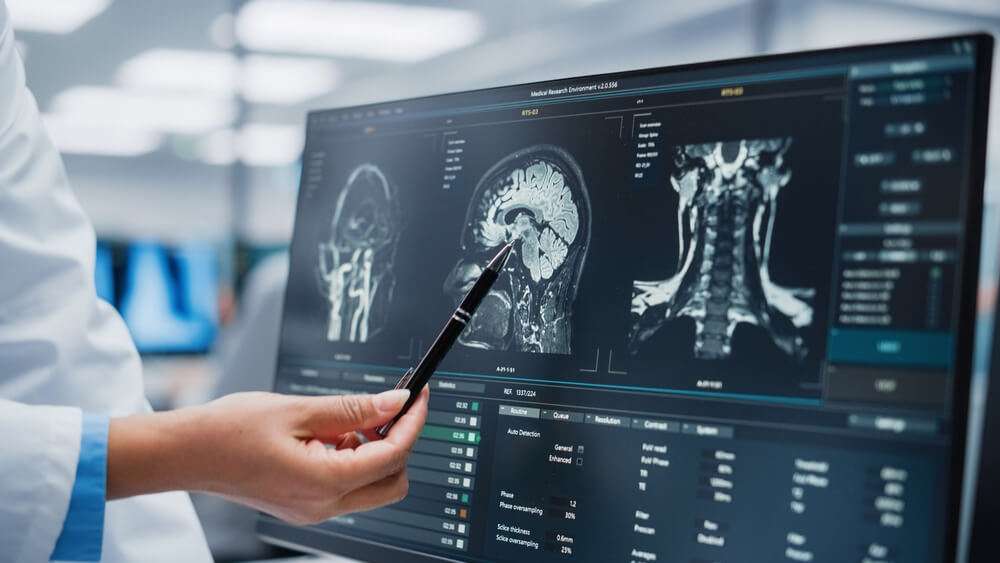
Employment and Education after TBI
Going back to work or school after a TBI can be a big milestone in the recovery journey. But it can also be challenging. Knowing workplace accommodations, educational resources for students and vocational rehabilitation can help TBI patients navigate these challenges and reintegrate back to their work or school environment.
Workplace Accommodations
Workplace accommodations can help TBI patients get back to work. Some examples are:
- Flexible scheduling
- More breaks
- Extra time for learning tasks
- Reducing distractions
These accommodations can help TBI patients transition smoother.
Resources from the Centers for Disease Control and Prevention (CDC), the Model Systems Knowledge Translation Center (MSKTC) and the Ohio Valley Center can help TBI patients navigate these accommodations and reintegrate back to the workforce.
Educational Resources for Students
For students with TBI, educational resources are key. Schools can help students with TBI by:
- Teaching functionally equivalent skills or behaviors
- Developing an Individualized Education Plan (IEP)
- Providing accommodations
- Direct teaching
Resources like:
- commercially produced direct instruction materials
- websites of organizations that study or provide information on TBI
- special education services
can help students in their education.
Vocational Rehabilitation
Vocational rehabilitation services can help TBI patients get back to work. These services provide support and resources to individuals with TBI to regain and maintain employment.
Specialized vocational rehabilitation programs can help TBI patients achieve better employment outcomes.
Living with Long-Term Effects of TBI
Living with TBI means managing long-term effects like cognitive and behavioral changes, physical health considerations and social and emotional challenges. It’s important to know these changes, find ways to cope and get support for a good life despite these challenges.
Cognitive and Behavioral Changes
Cognitive and behavioral changes are common after TBI. These can include:
- Attention
- Concentration
- Learning
- Memory
- Reasoning
- Executive functioning
Behavioral changes like:
- Agitation
- Aggression
- Impulsivity
- Mood swings
Knowing these changes and finding ways to manage them can make life better for TBI patients.
Physical Health Considerations
TBI can cause physical health effects like:
- headaches
- memory loss
- seizures
- dizziness
- visual changes
- fatigue
- paralysis
- balance issues
Physical therapy, a form of physical medicine and other therapies can help address these issues, increase mobility and overall fitness and well-being.
Social and Emotional Support
For TBI patients, social connections and emotional support is key. Maintaining social connections can be hard because of lost friendships, decreased social engagement and social isolation. But effective strategies like active listening, showing interest in others and focusing during interactions can help preserve these connections.
Emotional support in the form of:
- psychiatric care
- physical therapy
- occupational therapy
- social support
- brain injury support group
can make a big difference in the recovery.
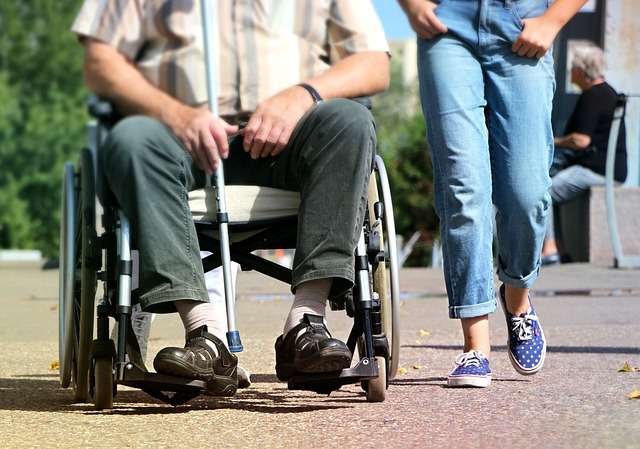
Legal Rights and Advocacy
For TBI patients and their families, knowing legal rights and advocacy is crucial. Disability rights and legislation, advocacy groups and navigating the Social Security Administration are key to TBI patients getting the support and accommodations they are entitled to.
Disability Rights and Legislation
Disability rights and legislation protect TBI patients. Key laws like the Americans with Disabilities Act of 1990 (ADA), the Fair Housing Act (FHA) and the Civil Rights of Institutionalized Persons Act (CRIPA) prevent discrimination and ensure equal access to resources and opportunities.
The Traumatic Brain Injury (TBI) Act of 1996 and other laws protect people with brain injuries and ensure equal access to services and supports.
Advocacy Groups and Their Work
Advocacy groups help TBI patients and their families. They:
- Raise awareness
- Advocate for policies to increase awareness, prevention, research, healthcare and civil rights for people affected by brain injury
- Influence policy change by being informed, mobilizing supporters, strategizing, communicating with lawmakers and tailoring their message to different audiences.
They also provide legal assistance and referral services to TBI patients so they can get guidance and support in dealing with the legal issues related to their injury.
Navigating the Social Security Administration
For TBI patients, navigating the Social Security Administration process can be overwhelming. But the administration does comprehensive assessments of disability claims for people with TBI and provides disability benefits if the TBI causes severe impairment that prevents them from working.
Filing Form SSA-16 is a key step in applying for social security disability insurance benefits with the Social Security Administration.
Conclusion
Recovering from a traumatic brain injury can be tough but with the right information, resources and support, TBI patients and their caregivers can make life better. Knowing the injury, getting resources for recovery, using therapy and rehabilitation services and advocating for legal rights are all key steps in this journey. Remember, the road to recovery is long but with persistence, resilience and the right support, it’s a journey to regaining independence and living life to the fullest.
FAQs
How do you support someone with a brain injury?
Support someone with a brain injury by helping them break down tasks, learn their triggers, monitor their overstimulation, make their home a friendlier place and support them during treatment. Offer to take over tasks they can’t do for now and help them gradually expand their comfort zone.
How much can you get for TBI?
The amount of a TBI settlement varies depending on the situation and the severity of the injuries.
What’s the recovery process like for TBI patients?
The recovery process for TBI patients is long, months to years because of the brain’s slow healing process. The Glasgow Coma Scale is one of the tools used to measure the severity of the injury and guide the recovery.
What kind of rehabilitation facilities are available for TBI patients?
There are rehabilitation facilities for TBI patients for all stages and needs. They offer specialized care and support.
What resources are available for students with TBI?
Students with TBI can get educational resources such as commercially produced direct instruction materials, TBI organization websites and special education services to help them in their learning. This can be a big help and support in their education.
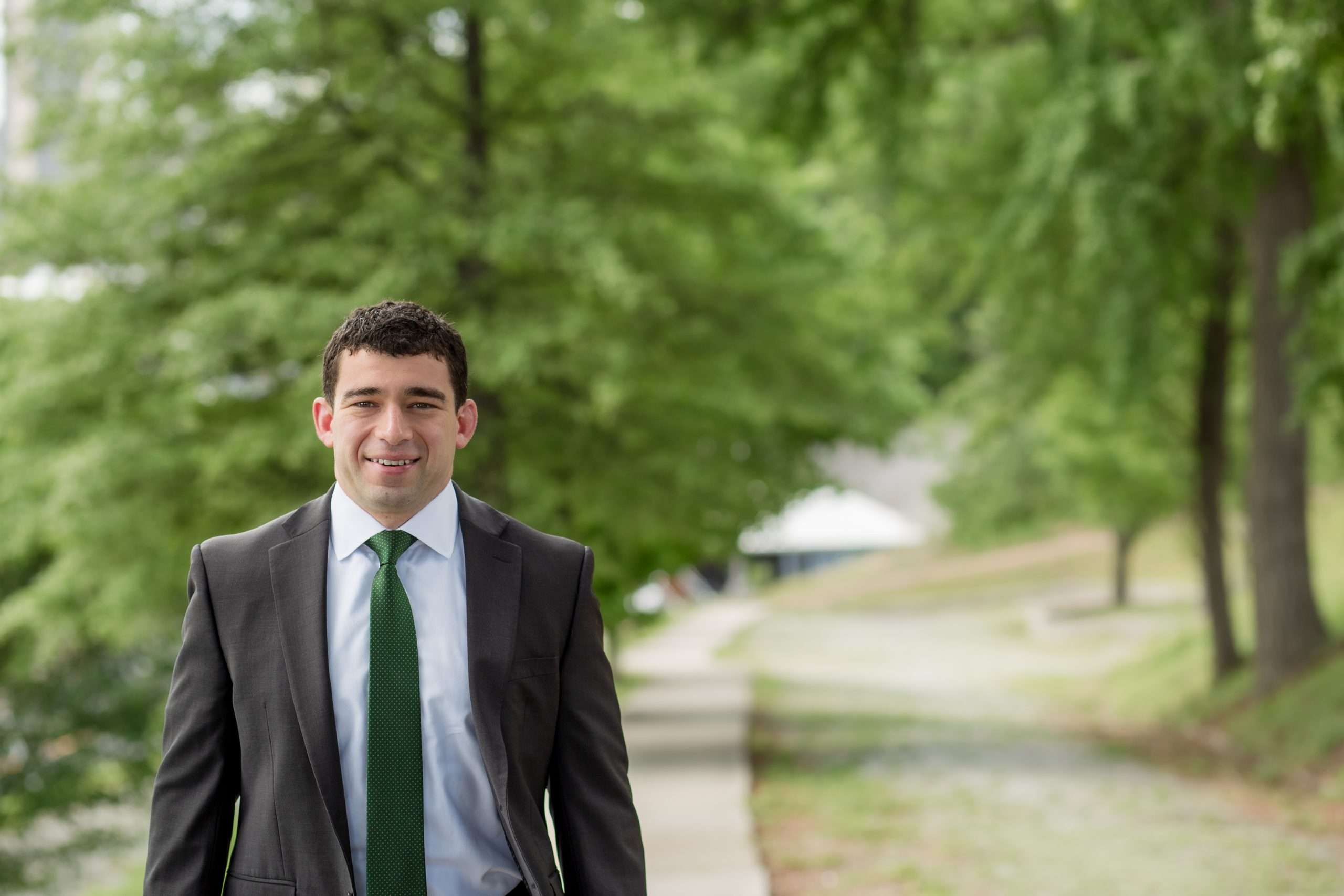
“We Get Justice For Injured People, and We Love What We Do”
Sharif Gray works as a trial lawyer at Broughton Injury Law. Sharif has proven that he can and will get results in court, and the insurance companies know that. If you have suffered injuries because of someone else’s negligence, we can help.
Sharif is committed to trying cases well. Because of that, he does not handle hundreds of cases at a time. He is selective in the cases he takes so he can get justice for the people he represents. In every case, he has three goals:
- Hold the responsible corporation or individual fully accountable.
- Make the community safer, so others are not also harmed.
- Compensation that recognizes the full and fair value of what was taken from your health and quality of life.
Sharif loves what he does, and he is proud of the positive impact he has had and will continue to have on the people he represents and the community he lives in.
If Sharif can be of help to you, please do not hesitate to call him at (804) 915-1611 or contact him online to schedule a free consultation. We will get justice for you.
$10,000,000
Defendant, while racing on a residential road, crashed into an oncoming driver causing catastrophic injuries.
$9,000,000
Defendant failed to properly secure a display at its store which led to it falling on a child causing life altering injuries.
$1,500,000
Defendant failed to keep the entrance of its store safe for the public causing significant injuries.
